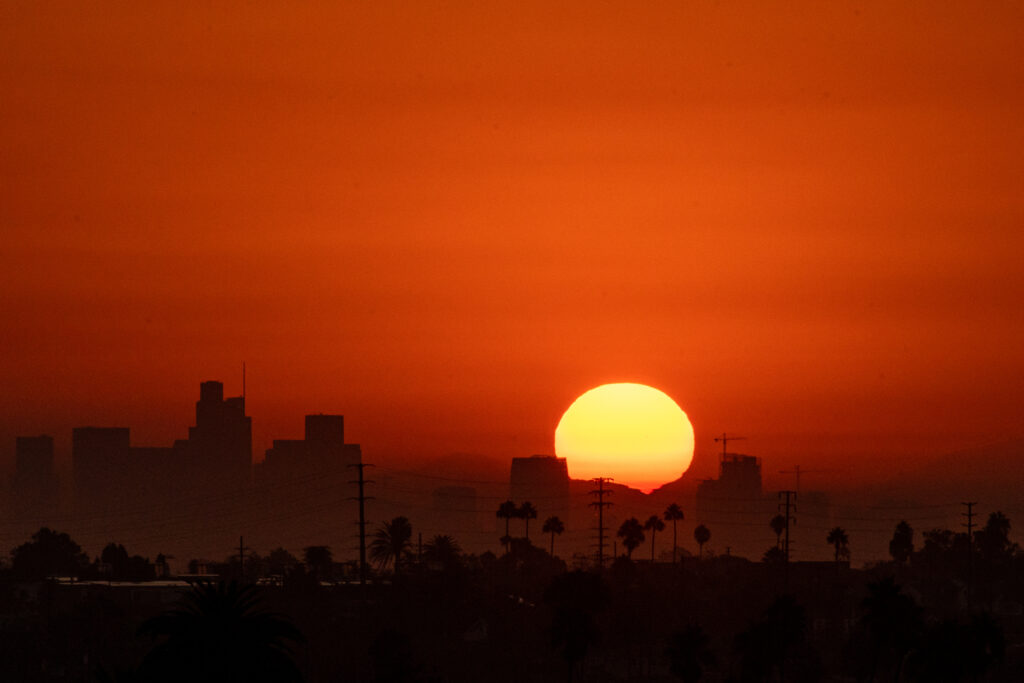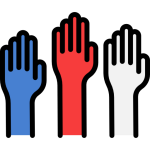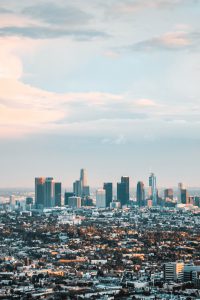Extreme heat doesn’t just bring discomfort, it can turn into a life-threatening risk

All Californians have received various extreme heat advisories this week. It’s a stark reminder of how climate change is reshaping daily life here and across the country. Heat is the deadliest climate hazard today, killing more people in the U.S. each year than floods, wildfires, or hurricanes. Yet, not all neighborhoods feel these increased temperatures equally. For many marginalized and underserved communities, such as many Latino neighborhoods, extreme weather intersects with long-standing inequities, turning hot days into life-threatening conditions.
The Latino Climate and Health Dashboard, developed by UCLA LPPI, brings extreme heat disparities into focus, concentrating on health risks associated with overexposure. Across 23 California counties, our data show a troubling reality: Latino neighborhoods¹ are consistently worse off when it comes to extreme heat. Compared to non-Latino (NL) white neighborhoods, Latino neighborhoods in California have:
- Almost twice as many extreme heat days. Latino neighborhoods face about double the number of extreme heat days compared to NL white neighborhoods (60 vs. 36 days).
Health impact: This raises the risk of heat-related illnesses, dehydration, and premature death. - One-quarter of the tree cover. Trees cover just 4% of the land in Latino neighborhoods, compared to 18% of the land in NL white neighborhoods.
Health impact: Less shade means higher exposure to heat stress, cardiovascular strain, and worsened respiratory conditions. - Twice as many impervious surfaces. Pavement, concrete, and other heat-trapping materials cover 56% of the land in Latino neighborhoods, compared to 28% of the land in NL white neighborhoods.
Health impact: These surfaces amplify the urban heat island effect, worsen air quality, and heighten risks of asthma and heat exhaustion. - Twice the workplace exposure. Nearly one-third of workers in Latino neighborhoods (30%) are employed in heat-exposed industries such as agriculture and construction – more than double the share in white neighborhoods (14%).
Health impact: These workers face elevated risks of heatstroke, chronic kidney disease, and other occupational health hazards.
The moral of the story is clear: extreme heat doesn’t just bring discomfort, it can turn into a life-threatening risk, and Latino neighborhoods are at a serious disadvantage when extreme heat events occur. These disparities are not inevitable; they happen because communities are left out of decisions, local services and infrastructure are neglected, people don’t have access to cooling or health care, and many workers face unsafe or unfair job conditions.
As California and the nation face more extreme weather events and even more frequent heat advisories, disadvantaged communities cannot continue to bear the brunt of the climate crisis. Now is the time for intentional investment in neighborhoods that have been left behind – such as through planting trees, redesigning heat-trapping infrastructure, and enforcing stronger protections for outdoor workers. Extreme heat is not just a weather event; it is a matter of public health and environmental justice.
By investing now, we can ensure that people in Latino neighborhoods are not baseline worse off, but instead better equipped to face the warming climate.
1. Latino neighborhood: A census tract in which 70% or more of residents identify as Latino.








